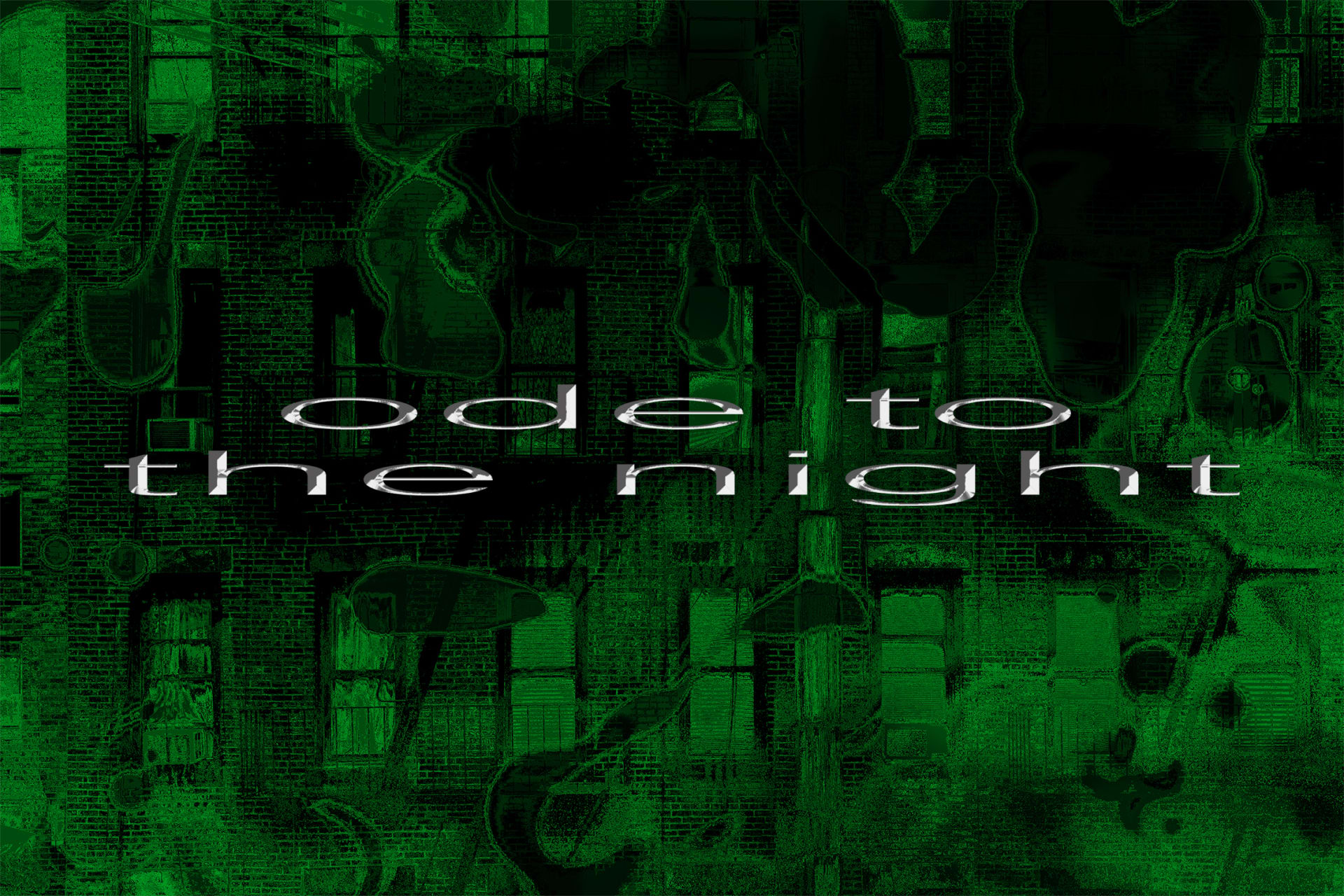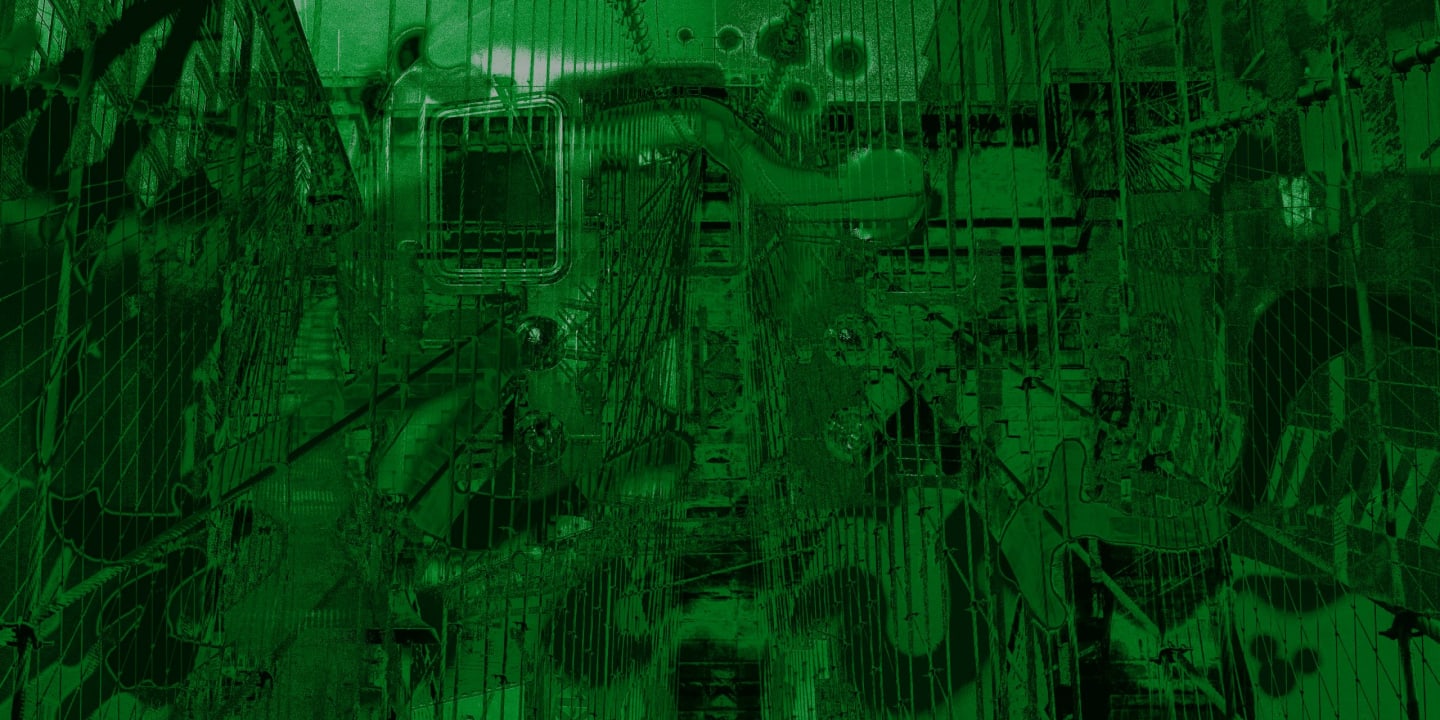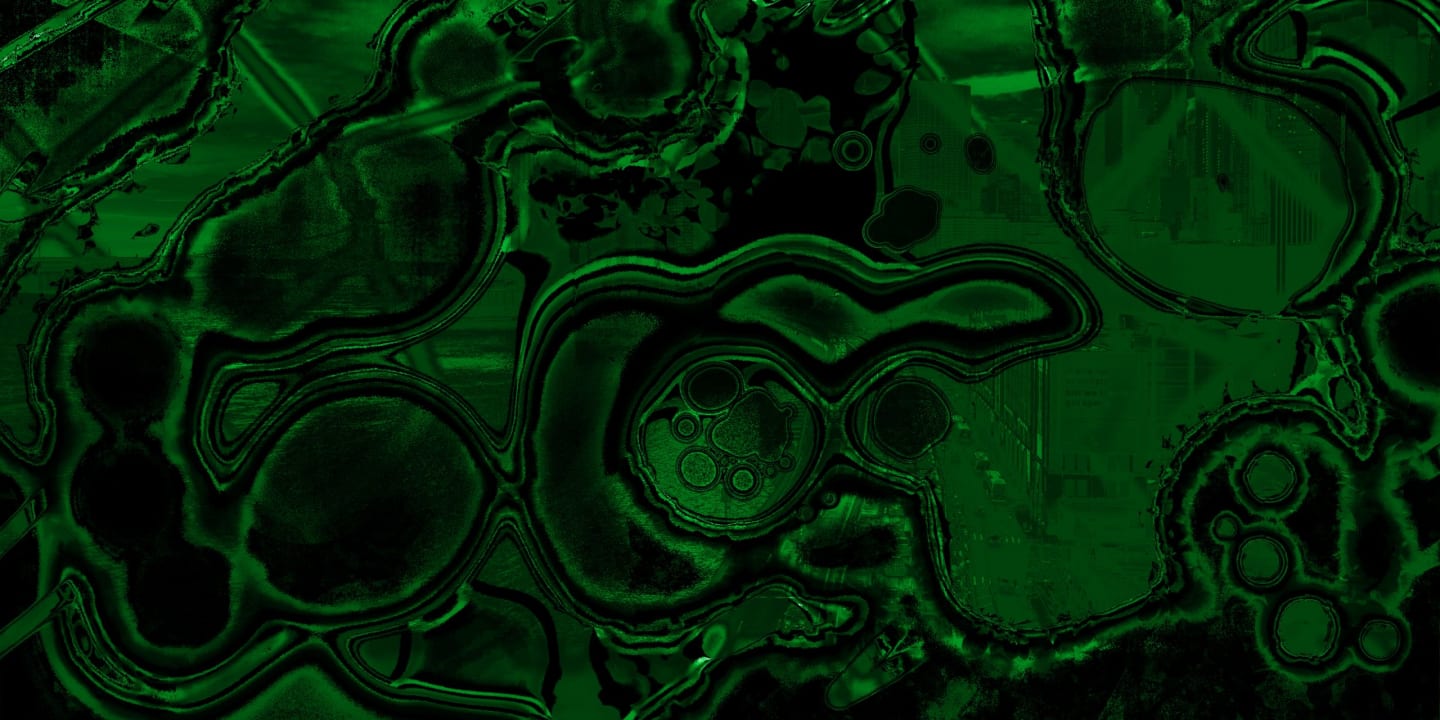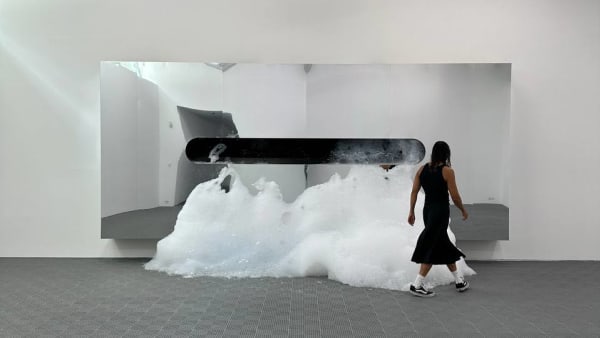

Losing My Religion
Michelle Lhooq gives the unofficial account of New York's club scene in the 2010s, a pivotal moment when the city went from DIY underground to club superpower.
I’m standing on Myrtle-Broadway, a rowdy intersection in the heart of Brooklyn that once felt like the center of the world. The sunglasses stand on the corner is still pumping Paradise Garage-era house tunes, and the subway wheezes overhead like an iron lung on its dying bed. This grimy neighborhood used to be my center of gravity—back when I was a nightlife reporter and queen of the scene, before the fantasy collapsed under the weight of its own unsustainability, and I fled for Los Angeles so the druggie spirals and social games wouldn’t consume me. But now I’m back on the rat-infested streets of Bushwick, baby! On the road chasing a trail of political protests and autonomous zones across America, I’m making a pit stop on the grey island for a vibe check on pandemic-era nightlife. What’s happening to a scene that once meant everything to me?
For too long, New York nightlife has cowered under the shadow of its mythical history: Studio 54, Area, Paradise Garage, Danceteria, Limelight—these canonical clubs were essential to creating the city’s lore as a singular place where freaks of all creeds dance in anarchic freedom. The familiar story is that Mayor Giuliani sucked the soul out of nightlife in the late 90s, when he cracked down on clubs as part of his wider clean-up of the city. People gazed at the bloodless bottle service clubs left in his wake and assumed New York nightlife was dead. But the real story is that club kids never stop dancing—the next generation always finds a way to keep the party going.
For most of the 2010s, I was in the thick of it, whirling in the bloodshot eye of New York’s underground party scene—a world that felt invisible unless you were one of us, the indefatigable party demons tearing through three, four, five parties a night, entry stamps covering arms like tattoos, addresses of warehouses running through heads like mantras. Everyone associates New York party culture of the 2000s with celebrity coke dens like Lit Lounge, Beatrice Inn, Sway, and Don Hill’s, but by the 2010s, nobody cared about those graveyards haunted by the ghost of Chloe Sevigny. The real action was happening across the East River in Brooklyn, in under-the-radar lofts like 285 Kent, Glasslands, and Trans-Pecos, where indie rock kids were learning how to D.A.N.C.E. to Justice. On any night, you could roam the streets of Williamsburg and find Grimes licking molly next A$AP Rocky, a New Age lounge called Body Actualized selling shroom tea, or stilt walkers in lab coats roaming an ex-pharmaceutical factory at one of Winkel & Balktick’s parties.

A few weeks before Williamsburg’s first nightclub, Output, officially opened in 2013, I snuck in through a door left ajar by construction workers and snapped surreptitious photos for a news story. Hiding behind a pillar, I gazed around the dancefloor, taking in the leather VIP booths, stage lighting, and Funktion One soundsystem. I knew this club would change everything about our scrappy scene. Once the club launched, the New York Times trumpeted Output as Brooklyn’s techno mecca, but all the real ravers loved to hate it—we resented getting herded through the door like cattle, harassed by tech-house meatheads, surveilled by omnipresent security cameras like a techno Alcatraz. The club ushered in the era of New York business-techno, and within a few years, Williamsburg went from industrial wasteland to the home of an Apple store and Whole Foods.
Pushed out of Williamsburg, the rave rats tunneled deeper underground. By the mid-2010s, New York’s underground rave scene was peaking, and I spent every weekend traipsing from one surreal stunt to another: a Telfar afterparty at a White Castle where DJs spun reggaeton as we twerked on the counter; a warehouse full of palm trees with a pool next to the DJ booth; a Chinatown mall with a dim sum restaurant-turned-party-spot; a trippy after-hours loft that only threw parties on Fridays, when their Hasidic neighbors couldn’t call the cops. One time I threw a vape-themed party in the back of a fried chicken deli where half of Bushwick played b2b. Every night was a choose-your-own-adventure party marathon, but the best ones always ended at The Spectrum, a glass-mirrored funhouse that smelled like sweat, chemicals, and cum—the scent of queer liberation.
You ever mourn for those blurry nights you’ve forgotten? Entire sagas of tragicomedies have unfolded in Bossa Nova’s “cloak” room, Market Hotel’s narrow staircases, Mood Ring’s photo booth, House of Yes’ mosaic-covered bathrooms. Dramatic episodes of lust and betrayal, ephemeral emotions lost forever in the foggy ether. No one remembers the details, but it doesn’t really matter—the unofficial version of club history is always better. All I remember is how the soft morning light felt filtering through the plants of Nowadays’ ceilings, the cool breeze blowing through the single red curtain behind the DJ at Unter’s apocalyptic warehouse. In the end, the morass of chaotic energy converging on these streets night after night birthed a new golden era, giving New York back its crown as a nightlife superpower.




By the time I left New York in 2018, things were getting serious. The underground scene had become a Very Important Industry and was gaining political legitimacy; that year, a coalition of nightlife groups banded together and successfully fought the powers-that-be to repeal the cabaret law—an outdated piece of legislature that was being used by police to target communities of color. The Office of Nightlife was established by the city and run by an official Night Mayor. The rotating circuit of scrappy lofts and warehouses was supplanted by permanent clubs and venues with online ticket systems. Every time I came back to the city for a visit, I found new shoots of nightlife metastasizing in this permanently morphing ecosystem—like rising party crews New World Dysorder, X-Tra, Fist, Dis.Cakes, and Anonymous Club, and sweet new spots like 444 Club, Basement, and Public Records. New York nightlife stops for no one.
Then one day, the music stopped. Has there ever been another instance in history where the end of an era got cut off so cleanly, like a head on a guillotine block? For the first three three months of the pandemic, there were no parties, period—at least not in the miserable meatspace wracked with so much loss and uncertainty (livestreams are another story). As New York became the global center of the pandemic, the only soundtrack in the air was the heartwrenching wail of non-stop sirens.
As the weather warmed up and New York eased out of lockdown, I started seeing stories of pandemic parties—illegal raves thrown on loft rooftops or industrial piers, under bridges, or even indoor warehouses. The backlash was swift and biting. Rather than a celebration of community, “raves” came to represent an immoral act of selfishness, and vilified in the press to describe any irresponsible outdoor gathering set to music. Meanwhile, the nightlife scene I once loved dissolved into factionalistic tribalism and social media cancellations; without the centralized locus points of raves as meeting places, people just… slipped away. I wondered if, whenever we emerge from this surreal pandemic, we would ever meet again.

The other evening, I wandered into a bar that used to be called the CHEERS of Bushwick—a place where everybody knew your name. This place was a techno institution—an incubator for many DJs that shaped the New York scene. My friend who runs the spot sat in the outdoor backyard eating an empanada; under the city’s reopening laws, nightlife venues are now forced to serve food to remain open. Aside from a skeleton staff and one club kid smoking a cigarette, the bar was empty. My friend looked glum. He told me the bar was being kept afloat by a federal loan, but that would run out soon. We sat in silence six feet apart and listened to the trains rumble by. Then I took a long lap around the bar, breathing in its familiar musk, snapping pictures of its blackened walls as if I could capture the ghosts of all the ravers that have danced ecstatically here in the dark. I knew there was no guarantee it would still be standing whenever I next return.
Just when I thought I was losing my religion, something happens to renew my faith in the rave: last night, I trekked to a super secret, invite-only forest rave on the outskirts of Brooklyn, where a hundred-or-so heads writhed ecstatically to frenetic techno and trance. Cloaked in masks, combat gear, and elfen capes, the dystopian dolls danced like we could die tomorrow, demonic pandemic energy exploding ferociously in transcendent catharsis. Our forests are burning, our skies are ashen, the air is full of lethal disease. Though many will condemn us for this sin of communal hedonism, we always knew we would rave to the grave.
Michelle Lhooq is an independent journalist covering music, drugs, and political counterculture in America. Follow her newsletter Rave New World.
Photos by Andy Egelhoff
Artwork by Niklas Hail
Published September 21, 2020. Words by Michelle Lhooq, photos by Andy Egelhoff.








